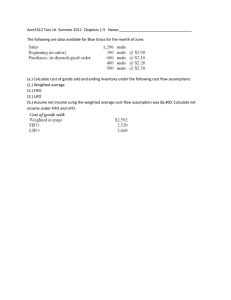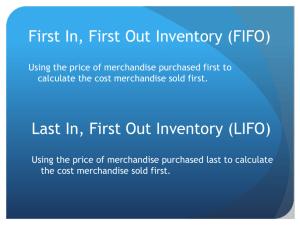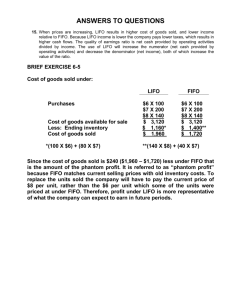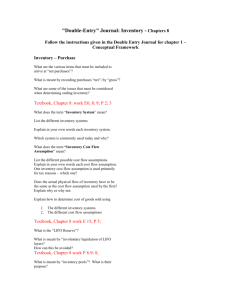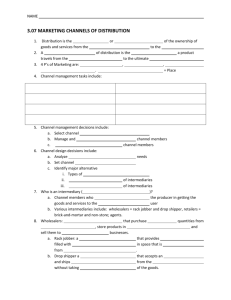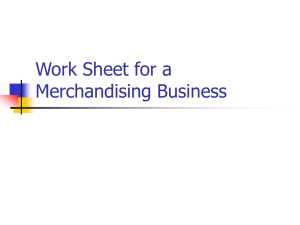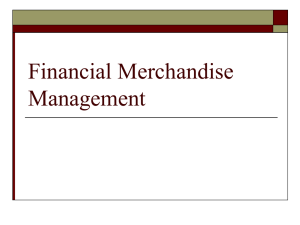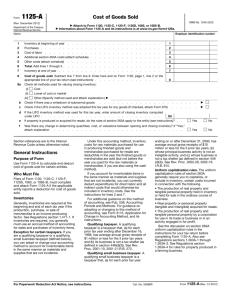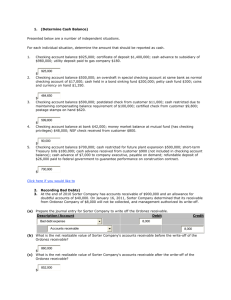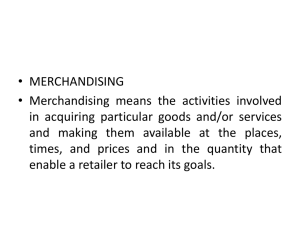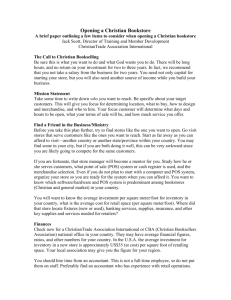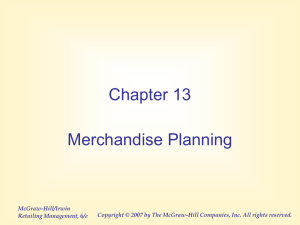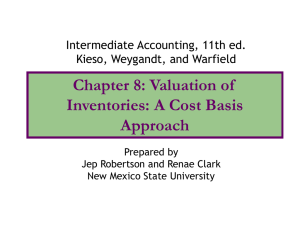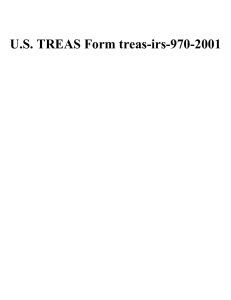Target's Inventory Method
advertisement
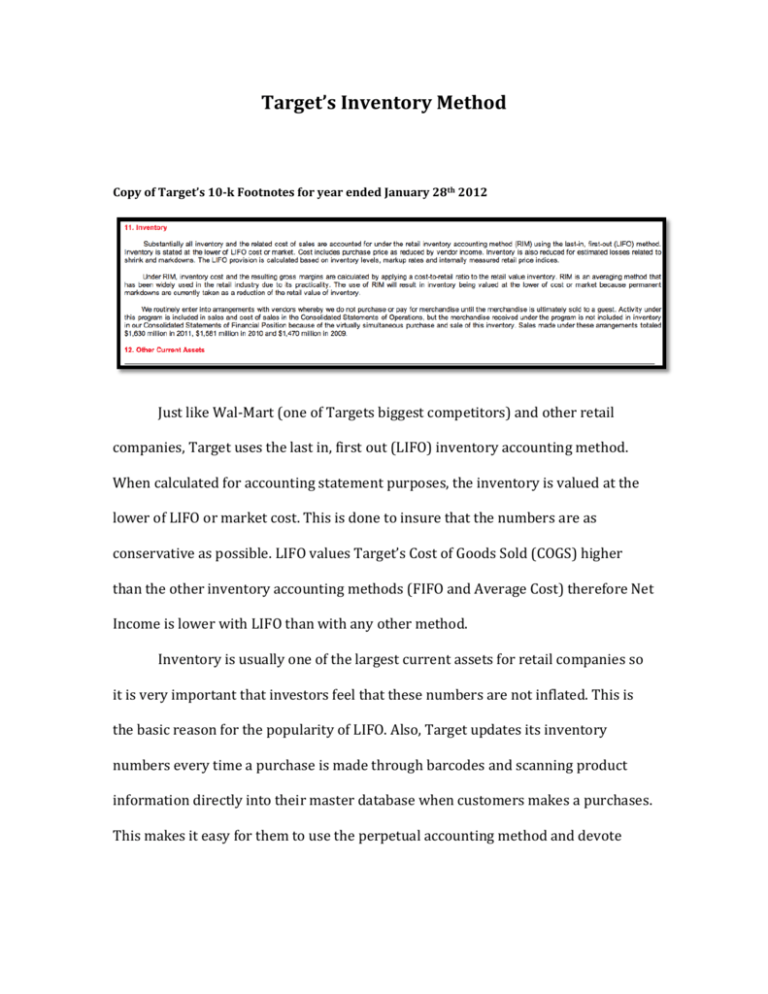
Target’s Inventory Method Copy of Target’s 10-k Footnotes for year ended January 28th 2012 Just like Wal-Mart (one of Targets biggest competitors) and other retail companies, Target uses the last in, first out (LIFO) inventory accounting method. When calculated for accounting statement purposes, the inventory is valued at the lower of LIFO or market cost. This is done to insure that the numbers are as conservative as possible. LIFO values Target’s Cost of Goods Sold (COGS) higher than the other inventory accounting methods (FIFO and Average Cost) therefore Net Income is lower with LIFO than with any other method. Inventory is usually one of the largest current assets for retail companies so it is very important that investors feel that these numbers are not inflated. This is the basic reason for the popularity of LIFO. Also, Target updates its inventory numbers every time a purchase is made through barcodes and scanning product information directly into their master database when customers makes a purchases. This makes it easy for them to use the perpetual accounting method and devote more of their staff to customer service. Most retail companies find it accurate and effective to use bar codes to easily keep track of merchandise. Also disclosed in the footnotes is information about some of the special sales contracts that Target makes with their suppliers/vendors. Target arranges contracts with vendors/suppliers whereby they do not pay for the merchandise until it is sold. Merchandise in the stores that are under those contracts is not recorded as inventory; instead the profits and cost of these items are consolidated under the Consolidated Statement of Financial Position. So in effect Target has merchandise on it’s shelves that does not belong to the company or does not affect any inventory numbers. The sales received from these types of contracts are mentioned in the footnotes. They also show in the footnotes the sales that they actually accumulated from these kinds of contracts. So, shareholders and potential investors can see that the inventory numbers presented on the balance sheet is not a complete representation of the total amount of merchandise that the company has available to sell.

